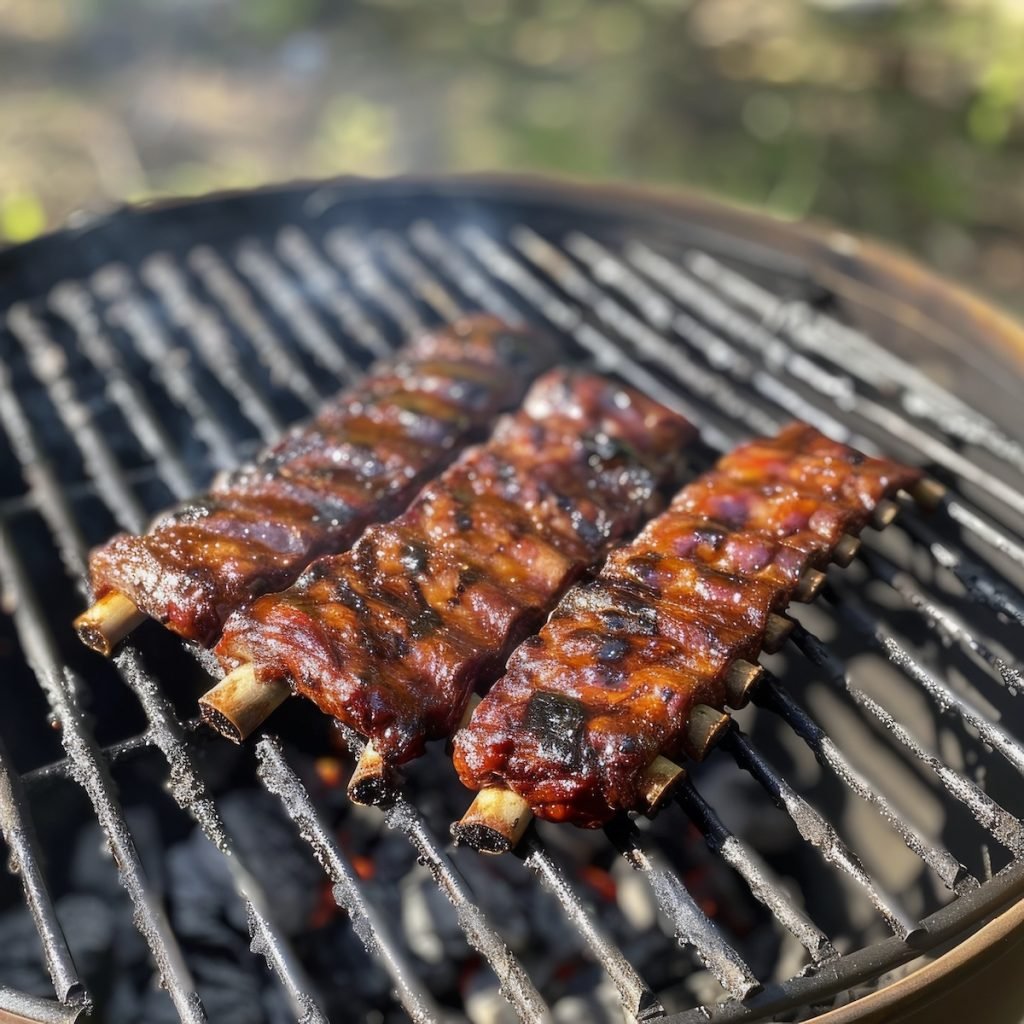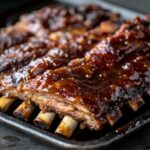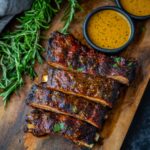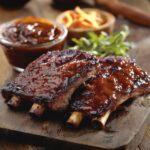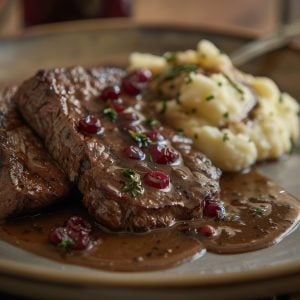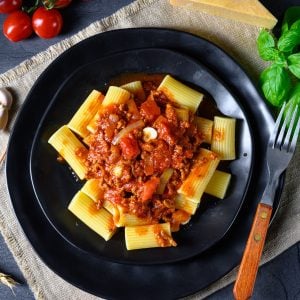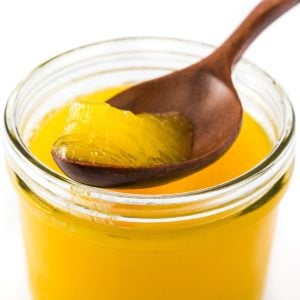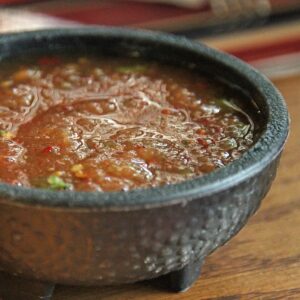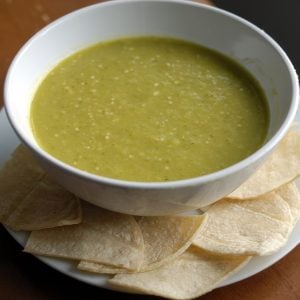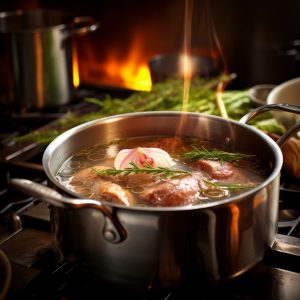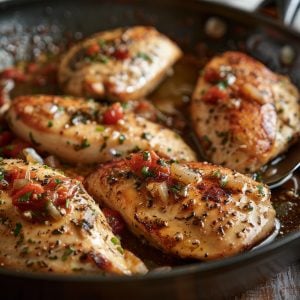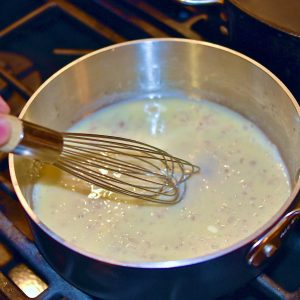Unlocking Flavor: When to Use Rubs and Sauces in Barbecue
Barbecue, an age-old culinary tradition, is celebrated worldwide for its rich flavors and smoky aromas. Central to this tradition are the rubs and sauces that transform ordinary cuts of meat into extraordinary feasts.
Barbecue rubs, typically a blend of spices, herbs, and seasonings, are the secret behind that perfect crust and deep flavor penetrating each bite. Whether dry or wet, rubs can be customized to suit any palate, from sweet and smoky to fiery and bold.
Conversely, barbecue sauces are the finishing touch that brings harmony to the dish. These sauces, which can range from tangy and vinegar-based to thick and sweet, elevate the complexity of the meat, adding layers of flavor and moisture.
Together, rubs and sauces embody the essence of barbecue, reflecting regional variations and personal preferences. This post will explore barbecue rubs and sauces, their history, key ingredients, and tips for creating your signature blends. Whether you’re a seasoned pitmaster or a backyard grilling enthusiast, understanding the art of rubs and sauces will enhance your barbecue experience, making every cookout a culinary adventure.
Barbecue Rubs
Barbecue rubs are mixtures of spices, herbs, and seasonings applied to meat before cooking, especially when grilling or smoking. These rubs can be dry or wet, enhancing the meat’s flavor, creating a flavorful crust, and sometimes helping tenderize.
The ingredients in a barbecue rub can vary widely depending on regional preferences and personal tastes. Still, they often include a combination of salt, sugar, paprika, black pepper, garlic powder, onion powder, and other spices and herbs.
Dry rubs typically consist of powdered or ground spices and seasonings. They are rubbed directly onto the surface of the meat, forming a crust as the meat cooks. On the other hand, wet rubs include moist ingredients like oil, mustard, or vinegar, creating a paste-like consistency that adheres to the meat.
Barbecue rubs are essential in achieving the distinct flavor profiles associated with different barbecue styles, such as the sweet and smoky Kansas City style, the spicy and tangy Texas style, or the savory and herbaceous Carolina style. By experimenting with various rub ingredients, barbecue enthusiasts can develop unique and personalized flavor combinations that enhance their grilling and smoking experiences.
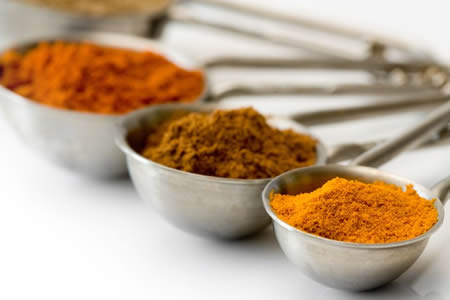
Three Rubs for Barbecue Ribs
Ingredients
Rib Rub #1
- ½ cup brown sugar
- ¼ cup paprika
- 1 tablespoon black pepper
- 1 tablespoon kosher salt
- 1½ tablespoons chili powder
- 1 tablespoon garlic powder
- 1 tablespoon onion powder
- 1 teaspoon dried oregano
- 1 teaspoon cayenne
Rib Rub #2
- 1½ cups turbinado sugar
- ¼ cup kosher salt + 1 tablespoon
- 2 tablespoons paprika
- 1 tablespoon garlic powder
- 1½ teaspoons black pepper
- 1½ teaspoons onion powder
- ½ teaspoon ground chipotle pepper
- ½ teaspoon oregano
Rib Rub #3
- 2 tablespoons kosher salt
- 1½ tablespoons brown sugar
- 1 tablespoon cumin
- 1 tablespoon paprika
- 1 tablespoon granulated garlic
- 1 tablespoon granulated onion
- 1 tablespoon chili powder
- 1 teaspoon cayenne pepper
- 1 teaspoon black pepper
- 1 teaspoon white pepper
Instructions
- For each rub, combine all the ingredients together until well blended.
- Store in an airtight container until ready to use.
Barbecue Sauces
Barbecue sauces are flavorful liquids or semi-liquids that enhance the taste of grilled or smoked meats. These sauces are typically applied during or after cooking and are essential for adding moisture, complexity, and a finishing touch to barbecue dishes. Barbecue sauces come in various styles and flavors, reflecting regional traditions and personal preferences.
Common types of barbecue sauces include:
- Kansas City-Style Sauce: This thick, sweet, and tangy sauce is typically made with a tomato base, brown sugar, molasses, and a hint of vinegar. It’s often generously applied to meats like ribs and chicken.
- Texas-Style Sauce: Known for its bold and spicy flavor, Texas-style sauce usually features a tomato base with a strong presence of black pepper, chili powder, and sometimes a bit of mustard.
- Carolina-Style Sauce: Carolina sauces are vinegar-based and can be either mustard or tomato-based. The vinegar gives them a tangy and sharp flavor, perfect for cutting through the richness of pork.
- Memphis-Style Sauce: This sauce balances sweet and tangy, often incorporating a tomato base with moderate sugar and vinegar, making it versatile for various meats.
- Alabama White Sauce: Unique to Northern Alabama, this tangy and creamy mayonnaise-based sauce is usually served with chicken or pork.
Barbecue sauces can be used as marinades, basting liquids, or dipping sauces, and they often complement the flavors introduced by barbecue rubs. Whether sweet, tangy, spicy, or smoky, these sauces are crucial in defining the character and taste of barbecue dishes, making them an indispensable part of the barbecue tradition.
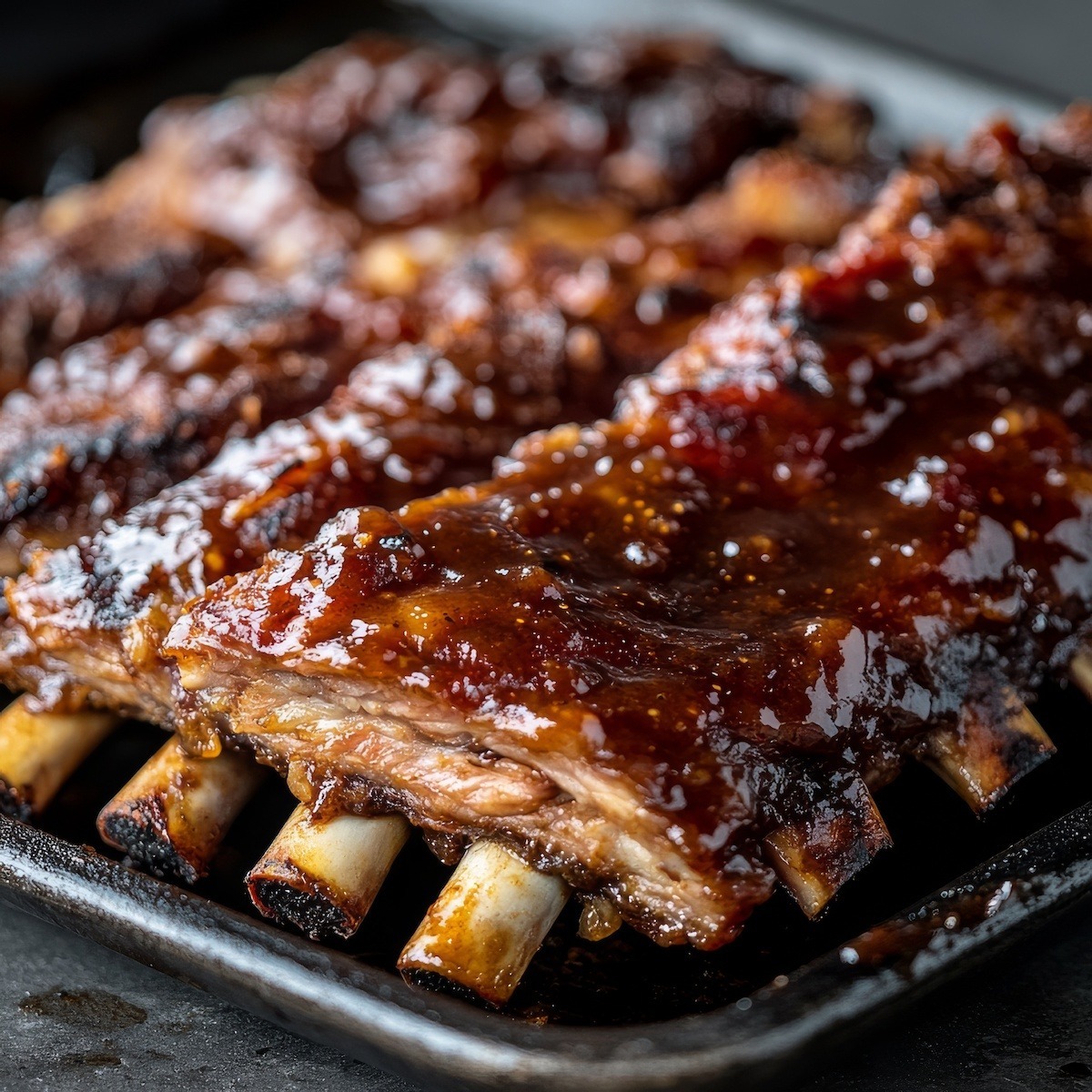
Eastern Carolina-Style Barbecue Sauce
Ingredients
- 1 cup white vinegar
- 1 cup cider vinegar
- 2 tablespoons brown sugar
- 1 tablespoons cayenne pepper to taste
- 1 tablespoon hot sauce your choice
- 1 teaspoon salt
- 1 teaspoon ground black pepper
Instructions
- Combine all the ingredients in a jar with a tight-fitting lid and shake well.
- Let mature for 2-3 days in the refrigerator before using.
- This sauce can also be used as a mop for your ribs during cooking.
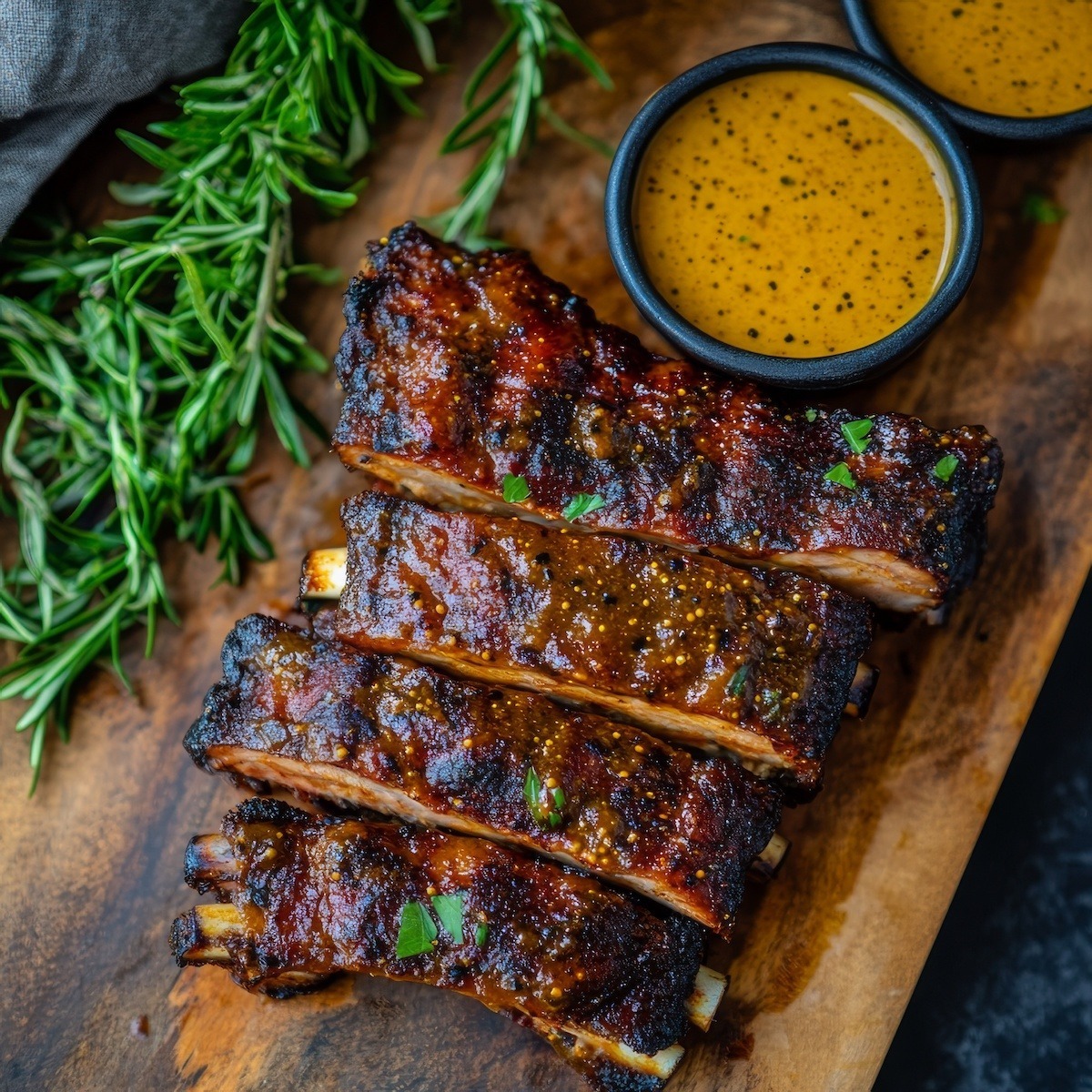
South Carolina Mustard Barbecue Sauce
Ingredients
- ½ cup prepared yellow mustard yellow is traditional, but feel free to experiment with grain mustard, Dijon mustard or even beer mustard
- ¼ cup cider vinegar
- 3 tablespoons dark brown sugar
- 1 teaspoon Worcestershire sauce
- ½ teaspoon sweet paprika
- ½ teaspoon white pepper
- ½ teaspoon cayenne pepper
- ¼ teaspoon black pepper
Instructions
- Put all ingredients in a blender and blend until the sugar is dissolved.
- Refrigerate for 2-3 days before using.
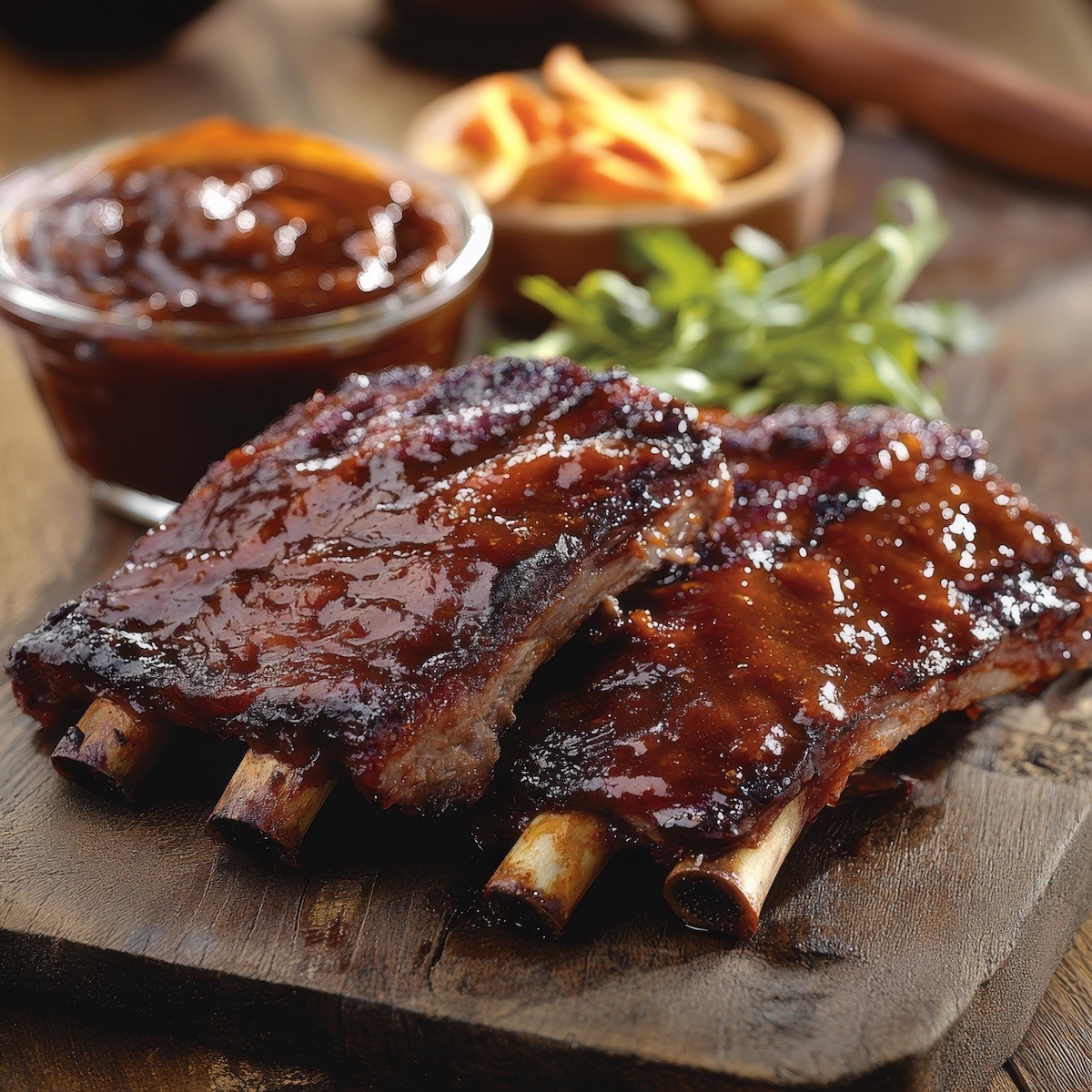
St. Louis Style Barbecue Sauce
Ingredients
- 2½ cups ketchup
- ¾ cup water or beer
- ½ cup cider vinegar
- ¼ cup brown sugar
- 4 tablespoons prepared yellow mustard
- ½ onion minced
- 1 tablespoon garlic powder
- 1 teaspoon cayenne pepper
- 1 teaspoon mild chili powder
- salt and pepper to taste
Instructions
- Place all ingredients in a saucepan. Bring to a boil, then reduce heat and simmer for about 20 minutes.
- Strain through a fine mesh strainer. Cool and chill in the refrigerator for a day or two before serving.
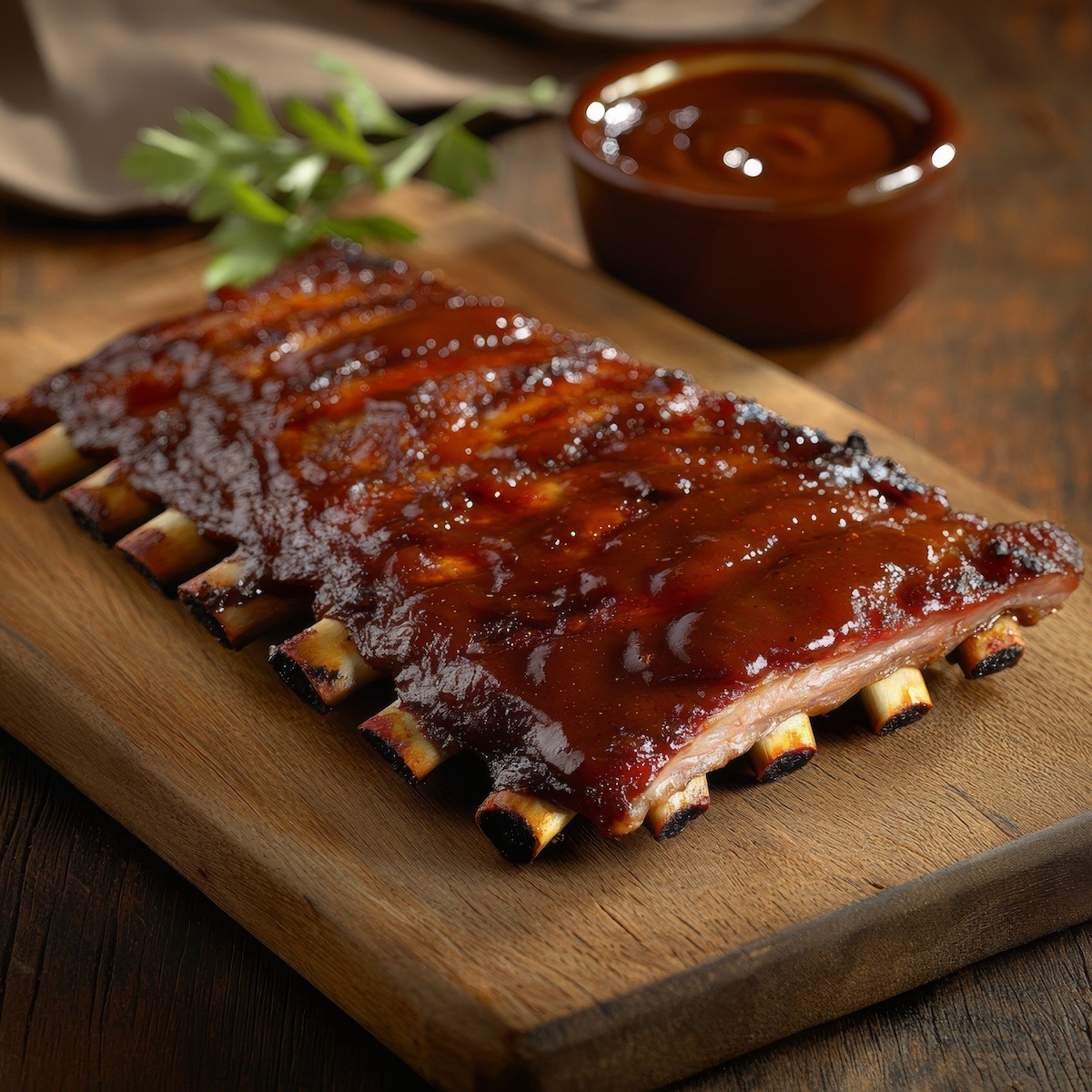
Memphis-Style Barbecue Sauce
Ingredients
- 1 tablespoon butter
- ½ small yellow onion finely chopped
- 1½ cups ketchup
- ¼ cup chili sauce
- 3 tablespoons brown sugar
- 4 tablespoons mollasses
- 2 tablespoons prepared yellow mustard
- 1 tablespoon fresh lemon juice
- 1 tablespoon Worcestershire sauce
- 2 teaspoons liquid hickory smoke flavoring or to taste
- 1 teaspoon garlic powder or granulated garlic
- ½ teaspoon ground celery seed
- ½ teaspoon salt
- ½ teaspoon ground black pepper
- 2 teaspoons chili powder
Instructions
- In a sauce pan, sweat the onion in the butter over medium low heat.
- Add the rest of the ingredients. Bring to a boil, stirring.
- Reduce the heat and keep at a low simmer for about 30 minutes.
- Cool and chill in the refrigerator for a day or two before serving.
When to Use a Rub and When to Use a Sauce
Barbecue rubs and sauces are used at different stages of the cooking process to enhance the flavor and texture of the meat. Here’s when and how to use each:
When to Use a Barbecue Rub:
- Before Cooking:
- Preparation: Rubs are applied to the meat before cooking. This can be done just before cooking or several hours to allow the flavors to penetrate the meat.
- Flavor Enhancement: The primary purpose of a rub is to season the meat and create a flavorful crust during cooking. The rub’s ingredients can caramelize and form a crust that enhances the texture and taste of the meat.
- Moisture Retention: Dry rubs can help draw out some moisture from the meat, which then mixes with the rub to create a flavorful coating.
- Types of Rubs:
- Dry Rubs: Composed of powdered spices and herbs, they are sprinkled and patted onto the meat.
- Wet Rubs: Include moist ingredients like oil or mustard, creating a paste that clings to the meat.
When to Use a Barbecue Sauce:
- During Cooking:
- Basting: Some sauces are used to baste the meat during the final stages of cooking. This can help keep the meat moist and add layers of flavor. Be cautious with sugary sauces, as they can burn quickly.
- Adding Flavor: Sauces applied during cooking can add a glaze and enhance the flavor profile of the meat.
- After Cooking:
- Finishing Touch: Sauces are often applied after the meat is cooked to add moisture, flavor, and a glossy finish. This is common with thicker, sweeter sauces that might burn if applied too early.
- Dipping: Barbecue sauces can be served on the side as a dipping sauce, allowing individuals to add as much or as little as they prefer.
Combination of Both:
- Layering Flavors: Many barbecue enthusiasts use rubs and sauces to layer flavors. The rub provides a base seasoning and crust, while the sauce adds moisture and additional taste.
By understanding when and how to use rubs and sauces, you can achieve the perfect balance of flavor, texture, and moisture in your barbecue, creating a truly memorable culinary experience.
So many more great rubs, mops, and sauces represent geographic regions around the country. This great book has been available for a number of years and is still a great source for anyone interested in learning more about barbecue. It is called Marinades, Rubs, Brines, Cures & Glazes by Jim Tarantino.
I encourage you to check out his book if you want to get serious about barbecue.

